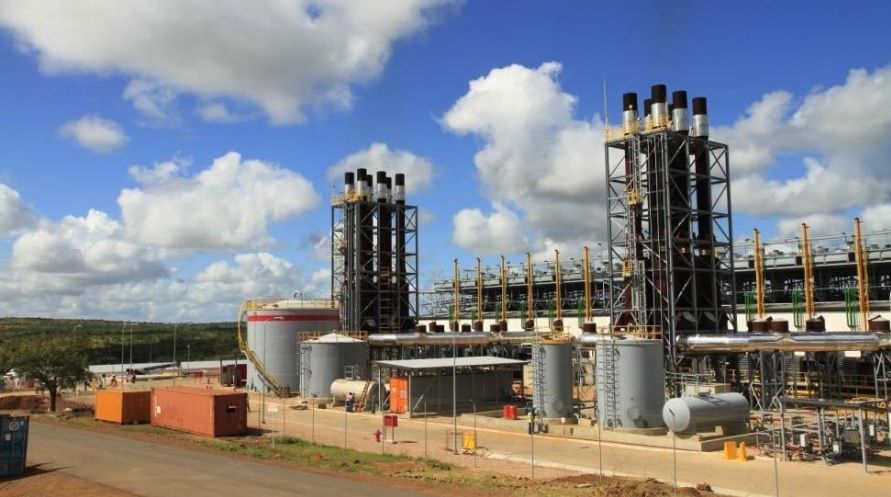World Bank digs deep to fund private deals in Mozambique gas-to-power
The World Bank put up almost $200m to help Sasol sell its stake in the Ressano Garcia power plant to private equity-backed Azura Power. Why?

The World Bank put up almost $200m to help Sasol sell its stake in the Ressano Garcia power plant to private equity-backed Azura Power. Why?
